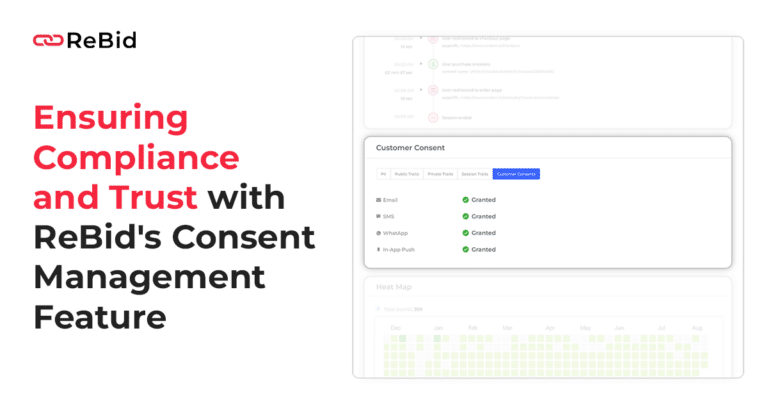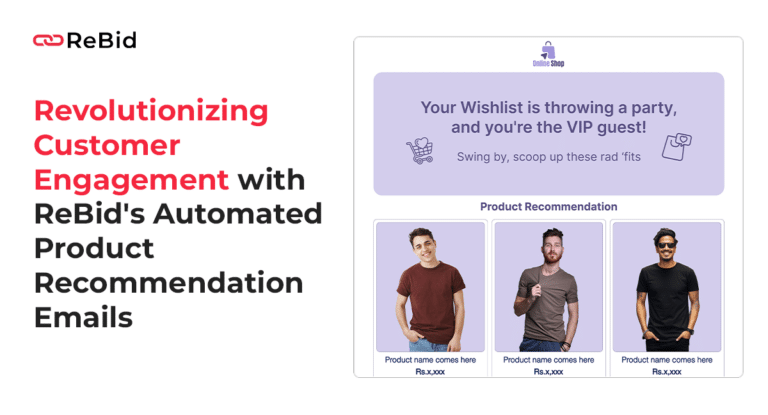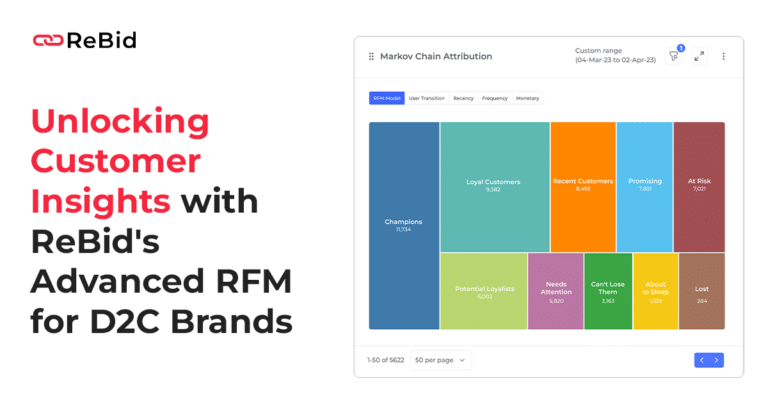In today’s digital landscape, data-driven marketing has become the cornerstone of successful advertising campaigns. With the abundance of data available, businesses are turning to advertising data platforms to gain insights, optimize campaigns, and drive results.
However, with a multitude of options on the market, choosing the right advertising data platform for your business can be a challenging task. In this article, we’ll guide you through essential tips and considerations to ensure you select a platform that aligns with your goals and needs.
Selecting the Right Data Platform: Objectives and Goals
Begin by clearly defining your advertising objectives and goals. Are you looking to increase brand awareness, drive conversions, or improve customer retention? Understanding your goals will help you identify the specific features and functionalities you need in an advertising data platform.
Assess Data Sources and Integration:
Ensure that the platform has the capability to seamlessly integrate data from diverse sources such as social media, email campaigns, website analytics, and beyond. The capacity to amalgamate data across various channels offers a comprehensive panorama of your campaigns, which in turn facilitates enhanced decision-making.
ReBid’s unparalleled flexibility in accommodating multiple integrations across a spectrum of digital advertising platforms stands as a testament to its efficacy, attested by its satisfied clientele. This distinctive feature underscores its significance, positioning it as a top-tier choice and a preferred platform for brands seeking optimal solutions.
Scalability and Flexibility:
Consider your business’s growth trajectory. Choose a platform that can scale alongside your business. Flexibility is crucial, as your advertising needs may evolve over time. The platform should accommodate changes without causing disruption.
Data Analytics and Reporting:
Examine the data analytics capabilities of the platform. Can it deliver comprehensive insights into the performance of your campaigns? It’s imperative that the reporting features are robust, providing adaptable dashboards and visualization tools that enable you to monitor the metrics most relevant to your business.
For performance marketers, the ability to efficiently track and construct advanced-level reports on dashboards is of paramount significance. As the landscape involves overseeing numerous platforms and crafting reports, the process can become time-intensive, particularly when dealing with intricate reporting tasks.
This is where ReBid steps in, addressing the challenge. As previously mentioned, ReBid eliminates the need for grappling with manual data manipulation in spreadsheets. By empowering marketers to construct advanced dashboards directly within the platform, ReBid streamlines the process and dispenses with the struggle of compiling and merging reports. This approach not only saves time but also equips marketers to generate sophisticated dashboards, which can be readily shared with clients. Furthermore, ReBid facilitates the derivation of custom metrics and insights, adding a layer of convenience and enhancing the depth of analysis.
Audience Targeting and Segmentation:
Audience targeting is at the core of effective advertising. Look for a platform that offers advanced audience segmentation capabilities based on demographics, behaviors, interests, and more. The more granular your targeting options, the more precise your campaigns can be.
AI and Machine Learning Capabilities:
Artificial intelligence and machine learning play a significant role in optimizing campaigns. Platforms that incorporate AI can help in predictive analytics, real-time optimization, and automating routine tasks, ultimately improving campaign performance.
Integration with Existing Tools:
Ensure that the advertising data platform can seamlessly integrate with your existing marketing tools and systems. A smooth integration process will minimize disruptions and improve workflow efficiency.
Data Privacy and Compliance:
With the increasing emphasis on data privacy, it’s crucial to select a platform that adheres to data protection regulations like GDPR and CCPA. Prioritize platforms that offer robust security features to safeguard sensitive information.
User Interface and Ease of Use:
A user-friendly interface is essential for efficient campaign management. The platform should be intuitive and easy for your team to navigate without requiring extensive training.
Customer Support and Training:
Consider the level of customer support and training provided by the platform’s team. Responsive support and thorough training resources can significantly contribute to your team’s success with the platform.
Cost and ROI:
Last but not least, evaluate the cost of the platform in relation to the value it offers. Consider the potential return on investment (ROI) and how the platform’s features align with your budget and business goals.
Conclusion
when it comes to selecting the right advertising data platform for your business, meticulous consideration of your business’s distinct needs and goals is paramount. By clearly defining your objectives, carefully assessing available features, and giving due priority to crucial aspects such as scalability, robust data analytics, and stringent compliance measures, you will be poised to make a well-informed decision.
ReBid’s Advertising Data platform stands out as an exemplary choice among ADPs for brands. With its comprehensive suite of features, ReBid offers an exceptional solution that aligns seamlessly with businesses seeking optimal results. By incorporating ReBid’s platform into your arsenal, you can equip your team to effectively harness the power of data, fine-tune your campaigns through data-driven insights, and ultimately drive tangible and impactful outcomes for your brand.





